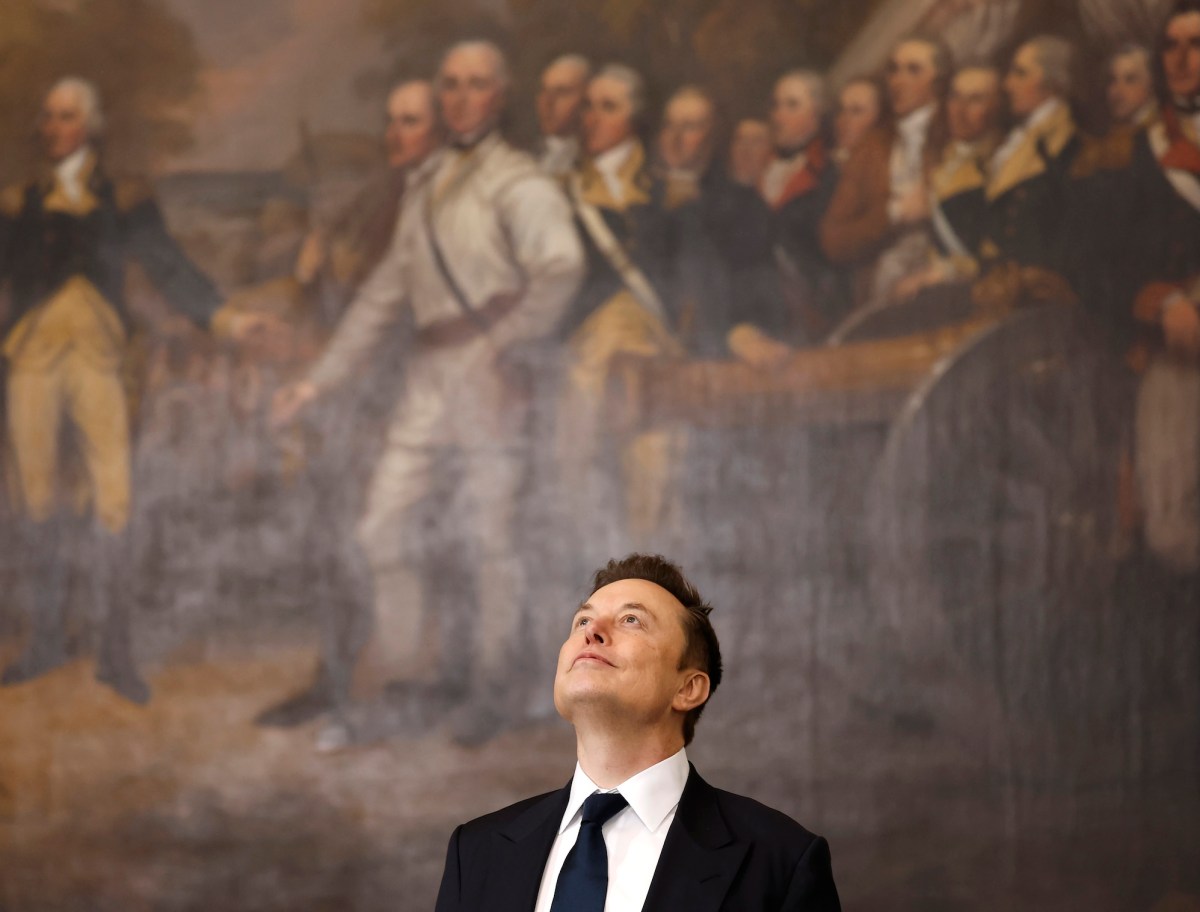Elon Musk Shares AI-Generated Videos on X After Tesla Compensation Vote

Key Points
- Elon Musk posted an AI‑generated video on X at 4:20 am EST after Tesla shareholders approved a new compensation package.
- The first video featured a synthetic woman delivering a love message on a rainy street.
- Twenty‑four minutes later, a second AI video showed a fabricated version of Sydney Sweeney saying “You are so cringe.”
- X users reacted with humor and criticism, labeling the first video as notably sad or divorced.
- Author Joyce Carol Oates criticized Musk’s social media habits, prompting a terse rebuttal from Musk.
- The incident highlights the growing use of AI tools like Grok Imagine for creating deep‑fake style content.
- Public discussion centered on the ethical implications of AI‑generated media featuring real‑world personalities.
- Musk’s posts linked a corporate governance milestone with personal experimentation in AI technology.
Following shareholder approval of a new compensation package, Tesla CEO Elon Musk posted two AI-generated videos on his X platform using xAI's Grok Imagine tool. The first video featured a synthetic woman reciting a love message, posted at 4:20 am EST, and was followed 24 minutes later by a second clip of actress Sydney Sweeney delivering a quirky line in a fabricated voice. The posts sparked a mix of amusement and criticism from X users, including commentary from author Joyce Carol Oates, highlighting the growing intersection of AI creativity and public figures’ social media activity.
Compensation Package Approval and Immediate Social Media Activity
After Tesla shareholders approved a new compensation package, CEO Elon Musk turned to his X platform (formerly Twitter) to share content generated by his own artificial‑intelligence tool, Grok Imagine, developed by xAI. In an early‑morning post timestamped at 4:20 am EST, Musk uploaded a short video created from the prompt “She smiles and says, ‘I will always love you.’” The resulting clip displayed an animated woman walking down a rainy street, delivering the scripted line with a synthetic voice.
Second AI‑Generated Clip and Public Reaction
Twenty‑four minutes later, Musk posted a second AI‑generated video featuring a likeness of actress Sydney Sweeney. In the clip, the synthetic version of Sweeney uttered the phrase “You are so cringe,” a line that diverged from the actress’s typical style and tone. The rapid succession of these AI‑crafted posts quickly attracted attention from X users, who offered a range of reactions. Some commenters described the love‑message video as “the most divorced post of all time,” while others labeled it “the saddest post in the history of this website.”
Critique from a Prominent Author
The most pointed criticism came from 87‑year‑old author Joyce Carol Oates. In response to Musk’s posts and his broader online behavior, Oates wrote that it was “curious” that Musk “never posts anything that indicates that he enjoys or is even aware of what virtually everyone appreciates,” such as personal moments, nature, or cultural interests. She further suggested that “the poorest persons on Twitter may have access to more beauty & meaning in life than the ‘most wealthy person in the world.’” Musk’s reply to Oates was brief, dismissing her as “a liar and delights in being mean. Not a good human.”
Implications for AI and Celebrity Culture
The incident underscores the expanding role of AI tools like Grok Imagine in creating media content that blurs the line between authentic and synthetic. Musk’s use of the technology to generate videos of a generic animated figure and a well‑known actress highlights both the creative possibilities and the ethical questions surrounding deep‑fake style productions. Public discourse on X reflects a mixture of fascination, humor, and concern about how such technology might be employed by high‑profile individuals.
Overall Context
By sharing AI‑generated videos immediately after a major corporate governance event, Musk linked his business achievements with personal experimentation in AI media. The episode illustrates how corporate leaders can leverage emerging technologies to shape their public persona, while also prompting broader conversations about authenticity, consent, and the impact of synthetic media on public perception.